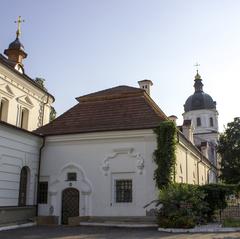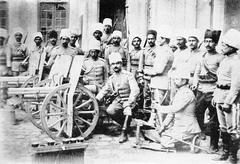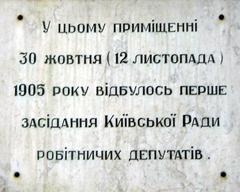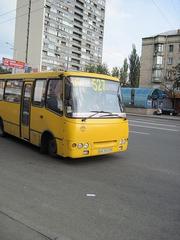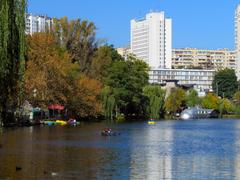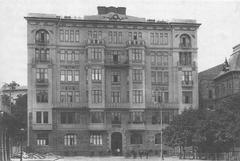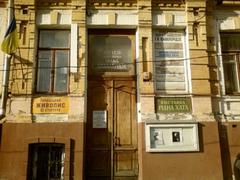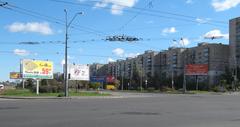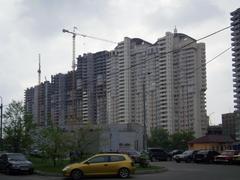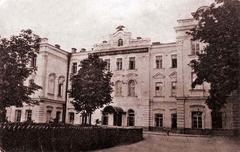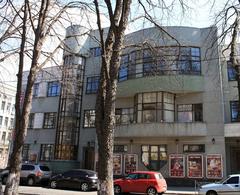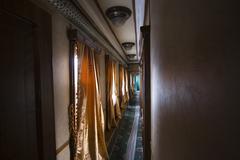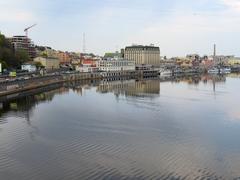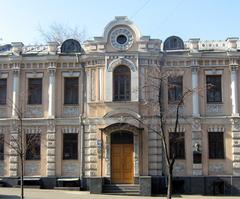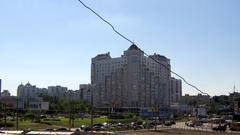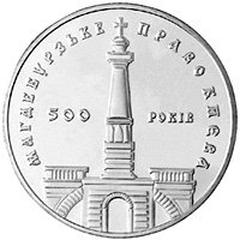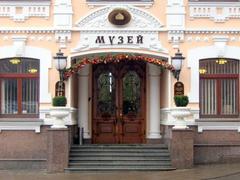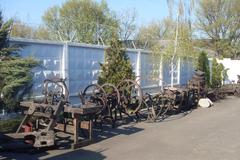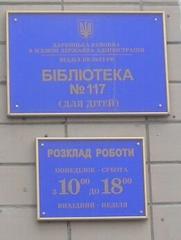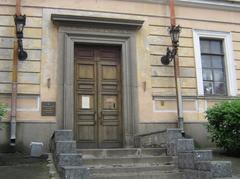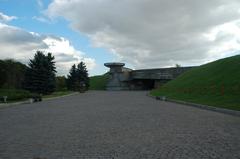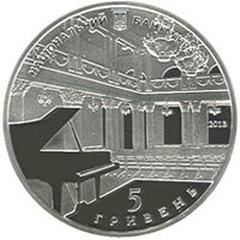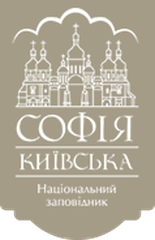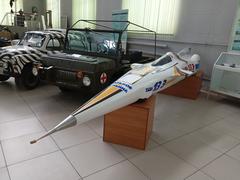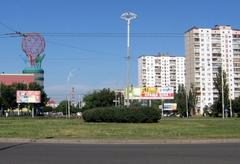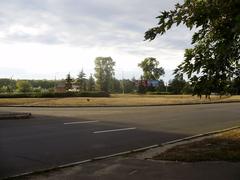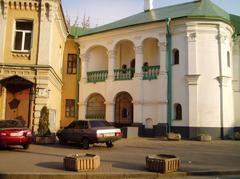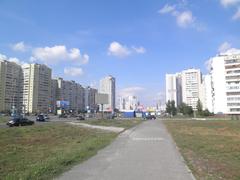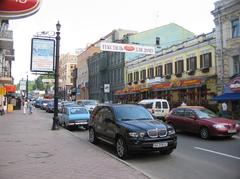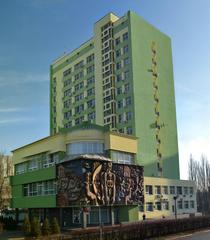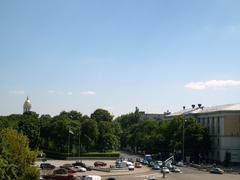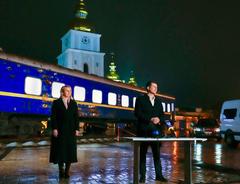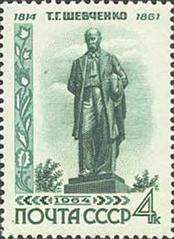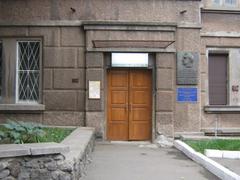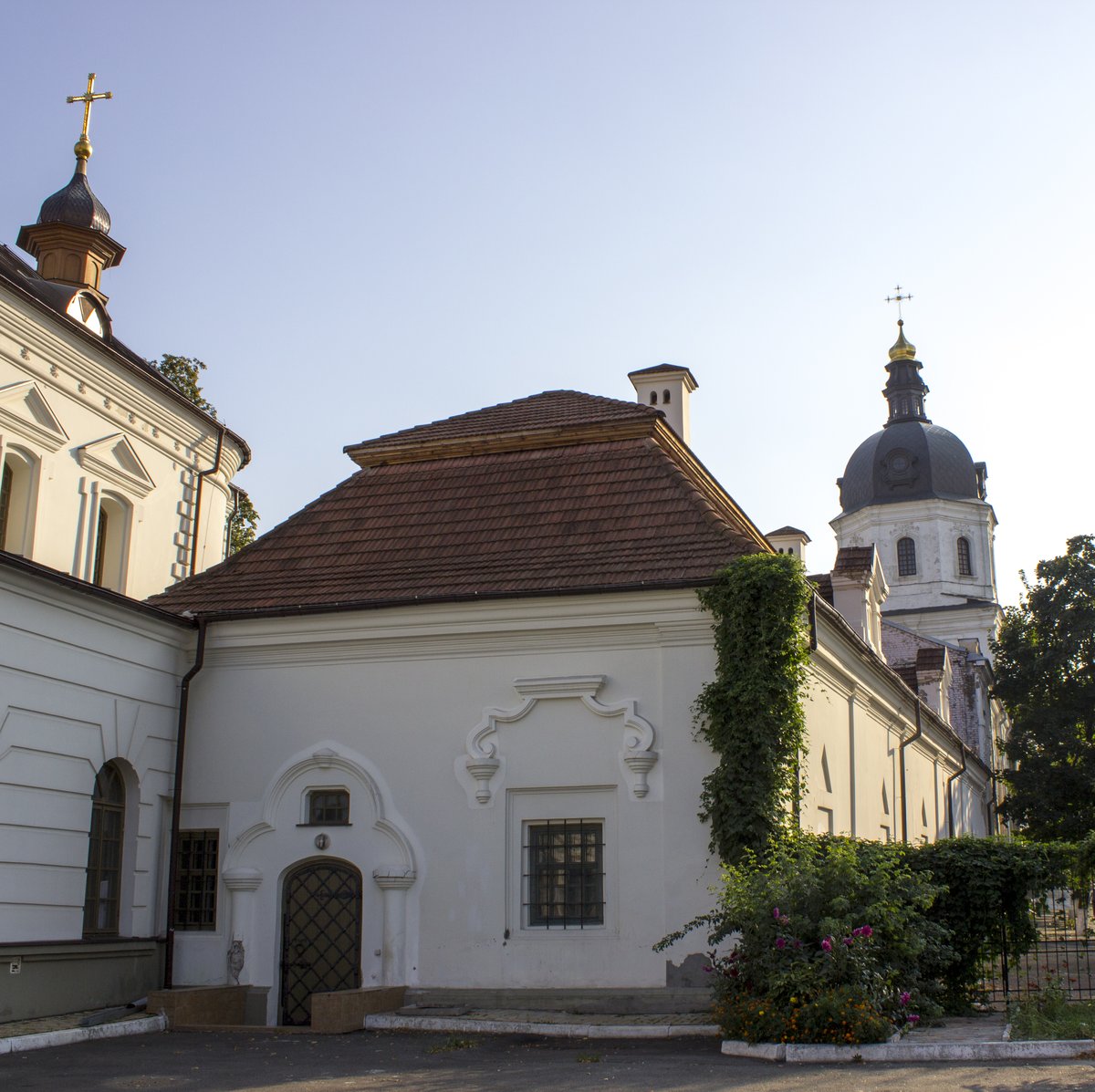
Museum of Kyiv-Mohyla Academy: Visiting Hours, Tickets, and Historical Sites in Kyiv
Date: 14/06/2025
Introduction to the Museum of Kyiv-Mohyla Academy
Located in the heart of Kyiv’s historic Podil district, the Museum of Kyiv-Mohyla Academy stands as a testament to Ukraine’s enduring educational, cultural, and architectural legacy. Founded in the early 17th century as the Kyiv Brotherhood School (1615) and formally established as the Kyiv-Mohyla Academy in 1632, this institution is among Eastern Europe’s oldest centers of higher learning. Its legacy has shaped Orthodox education, Ukrainian national identity, and the intellectual landscape of the region, producing notable figures such as Hetman Ivan Mazepa, philosopher Hryhorii Skovoroda, and theologian Theophan Prokopovich (vm.ukma.edu.ua; visitukraine.today).
Today, the Museum is housed in the Academy’s Old Academic Building, an exquisite Baroque monument dating to the early 1700s. This structure serves as both a historical landmark and a living educational space, preserving rare fresco-adhesive paintings and memorials that chronicle the Academy’s four centuries of influence (vm.ukma.edu.ua; Reading Kyiv). Visitors can explore exhibitions featuring manuscripts, portraits, and artifacts that illuminate the Academy’s role in shaping Ukrainian language, literature, and religious thought.
This guide provides a comprehensive overview of the Museum of Kyiv-Mohyla Academy, including its history, visitor logistics, must-see exhibits, and nearby attractions. For the latest visitor details, always check the official Kyiv-Mohyla Academy website.
Table of Contents
- Early Foundations and Establishment (1615–1632)
- Growth and Golden Age (17th–18th Centuries)
- Imperial Reforms and Decline (19th Century)
- Soviet Era and Closure (20th Century)
- Revival and Modern Era (1991–Present)
- Visiting Kyiv-Mohyla Academy: Practical Information
- Museum of Kyiv-Mohyla Academy: Exhibits and Memorials
- Visitor Experience and Cultural Insights
- Frequently Asked Questions (FAQ)
- Conclusion
- References
Early Foundations and Establishment (1615–1632)
The Academy’s roots trace to the Kyiv Brotherhood School, established in 1615 by the Orthodox Kyiv Brotherhood to provide education to the Orthodox population under Polish-Lithuanian rule (vm.ukma.edu.ua). In 1632, the Brotherhood School merged with the Kyiv Pechersk Lavra’s school to form the Kyiv Collegium, later named after Metropolitan Petro Mohyla, who modernized the curriculum and introduced Western educational standards (en.wikipedia.org).
Growth and Golden Age (17th–18th Centuries)
By the mid-17th century, the Kyiv-Mohyla Academy had become the region’s premier institution of higher learning, attracting students from across Eastern Europe. Its curriculum, modeled after leading European universities, emphasized Latin, theology, philosophy, and the liberal arts (visitukraine.today). In 1658, the Academy was granted university status, further elevating its influence (vm.ukma.edu.ua).
Notable alumni include Hetman Ivan Mazepa, philosopher Hryhorii Skovoroda, Theophan Prokopovich, and Pylyp Orlyk. The Academy’s graduates significantly shaped Ukrainian culture, the Orthodox Church, and Enlightenment thought (visitukraine.today).
Imperial Reforms and Decline (19th Century)
The Academy was closed by the Russian Empire’s Holy Synod in 1817, replaced by the Kyiv Theological Academy in 1819 (chmnu.edu.ua; vm.ukma.edu.ua). Though its secular academic role ended, its legacy endured through its alumni and the ongoing influence of its educational model.
Soviet Era and Closure (20th Century)
Under Bolshevik rule in the 1920s, the Theological Academy was shut down, and its buildings repurposed. The Academy’s historical significance was largely ignored during this period (visitukraine.today).
Revival and Modern Era (1991–Present)
With Ukraine’s independence in 1991, the Academy was revived as the National University of Kyiv-Mohyla Academy (NaUKMA). The first students enrolled in 1992, and since then, the university has led educational reform, introduced modern degree systems, and fostered international partnerships (vm.ukma.edu.ua). Its campus, with 11 historic buildings, is a national heritage site and home to the museum (vm.ukma.edu.ua).
Visiting Kyiv-Mohyla Academy: Practical Information
Visiting Hours:
- Tuesday to Sunday, 10:00 AM – 5:00 PM (some sources state 6:00 PM; check the official site for updates).
- Closed on Mondays and public holidays.
Tickets:
- General admission: ~50–100 UAH
- Discounts for students, seniors, and groups
- Children under 7 often enter free
- Tickets available onsite or online
Guided Tours:
- Available daily in multiple languages
- Advance booking recommended for groups
Accessibility:
- Wheelchair access to key areas
- Ramps and limited elevator access due to the building’s historic nature
- Audio guides and brochures in several languages
Location:
- Podil district, near Kontraktova Ploshcha metro station
- Walking distance to Andriyivskyy Descent, Kontraktova Square, and the Dnipro River
Amenities:
- Onsite café and gift shop
- Restrooms and reading rooms
- Visitor assistance desk
Museum of Kyiv-Mohyla Academy: Exhibits and Memorials
Historical Background and Architecture
The Museum is housed in the Old Academic Building, constructed in Baroque style between 1703–1704 and later expanded in the 18th and 19th centuries (Kyiv-Mohyla Academy Virtual Museum). The building retains original fresco-adhesive paintings comparable only to those found in UNESCO-listed Kyiv landmarks.
Must-See Exhibits
- Fresco-Adhesive Paintings: Unique 18th-century wall art preserved within the building.
- Memorial Plates: Tributes to founders and distinguished graduates such as Halshka Hulevychivna, Petro Mohyla, and Hryhorii Skovoroda.
- Library Collections: Rare books, manuscripts, and works by Academy professors and alumni.
- Judaica Center: Dedicated to the study and preservation of Jewish heritage in Ukraine (Judaica Center).
Special Events
The museum regularly hosts academic conferences, lectures, and cultural events. Photography is permitted in most areas, with restrictions around rare manuscripts and artworks.
Visitor Experience and Cultural Insights
Travel Tips
- Best Visiting Times: Weekdays and mornings for fewer crowds; special events provide enhanced experiences.
- Nearby Sites: Explore the Podil district, Andriyivskyy Descent, and local markets for a full cultural outing (Discover Walks).
- Souvenirs: Gift shop onsite; more options in the surrounding neighborhood.
Engaging with the Community
Visitors can experience the Academy’s vibrant academic life, including research exhibitions, student events, and public lectures. The museum’s role as a hub for dialogue and cultural exchange is evident in its collaborations and international outreach (EDUopinions).
Accessibility and Inclusivity
The Academy is committed to inclusivity, offering barrier-free access, accessible restrooms, and assistance for visitors with disabilities.
Frequently Asked Questions (FAQ)
What are the visiting hours?
- Tuesday to Sunday, 10:00 AM – 5:00/6:00 PM; closed Mondays and public holidays.
How much are tickets?
- General admission is 50–100 UAH, with discounts for eligible visitors.
Are guided tours available?
- Yes, in multiple languages; book in advance for groups.
Is the museum accessible?
- Wheelchair access and assistance are available; elevators are limited.
Can I take photos?
- Yes, except in restricted areas (no flash/tripods near delicate exhibits).
What else is nearby?
- Kontraktova Square, Andriyivskyy Descent, Podil’s markets, and other historic landmarks.
Conclusion
The Museum of Kyiv-Mohyla Academy offers visitors a unique opportunity to experience the history, culture, and academic spirit that have shaped Ukraine across centuries. Whether you are a history enthusiast, architecture lover, or traveler eager to explore Kyiv’s historical sites, the Museum is an essential stop. Plan your visit by checking current hours and ticket information on the official website, and consider joining a guided tour or attending a cultural event for deeper insight. Don’t miss exploring the vibrant Podil district and engaging with the Academy’s living academic community.
For further travel tips, updates, and guided content, download the Audiala app and follow the Academy’s social media channels.
References and Further Reading
- Museum of Kyiv-Mohyla Academy: vm.ukma.edu.ua
- Kyiv-Mohyla Academy: visitukraine.today
- Old Academic Building: Kyiv-Mohyla Academy Virtual Museum
- History and Anniversaries: UKMA 400 Years
- Visitor Experience: Reading Kyiv
- Jewish Heritage: Judaica Center
- Travel and Attractions: Discover Walks
- Academic Community: EDUopinions
